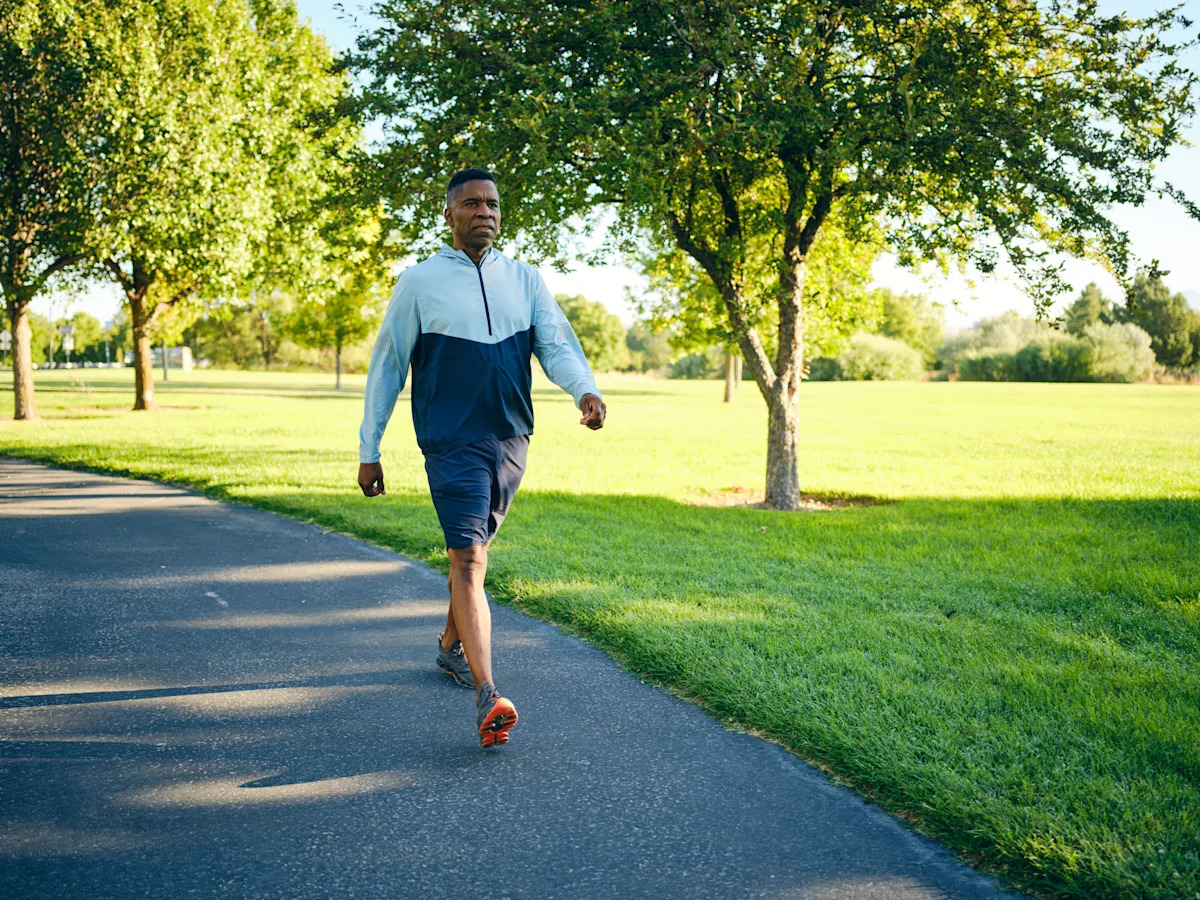Whether you prefer the treadmill or a countryside ramble, you will have no doubt heard that walking 10,000 steps a day is the ideal fitness goal.
And despite its non-health-related origins (it’s actually thought to originate from a Japanese ad campaign ahead of the 1964 Tokyo Olympics, as the symbol for the number looks like someone walking), this seemingly arbitrary number has since become the global standard.
But while there are many benefits of walking – not least that it improves mental health, increases stamina and endurance, burns calories and improves cardiovascular and brain health – do we really need to be walking so many steps each day to improve our health and fitness levels?
According to a new study by the University of Sydney, which examined data from dozens of studies from around the world, including in the UK, the answer is: no – ish.

Do you track your steps? (Getty Images)
The research instead found that walking just 7,000 steps a day is likely enough to protect ourselves against diseases and improve our longevity.
It discovered that people who walked 7,000 steps each day appeared to have a protective effect against a number of diseases including: a 25% lower risk of heart disease; a 14% reduced risk of type 2 diabetes; a 38% lower risk of dementia and 22% reduced risk of depression.
The experts behind the study said of their findings: “Although 10,000 steps per day can still be a viable target for those who are more active, 7,000 steps per day is associated with clinically meaningful improvements in health outcomes and might be a more realistic and achievable target for some.
“7,000 steps per day was associated with sizeable risk reductions across most outcomes, compared with the reference of 2,000 steps per day.”
So what’s the truth behind other common fitness myths?
Four other fitness myths – debunked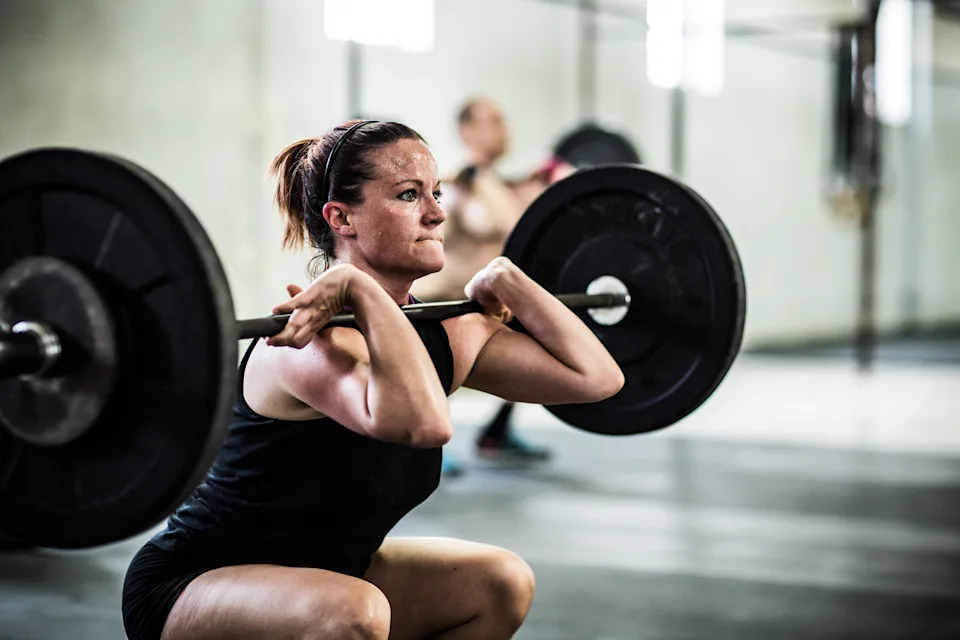
Heavier weights don’t mean bigger gains. (Getty Images)
1. The heavier the weight, the better the gain
Lifting weights can increase muscle mass, bone density and endurance, but requires consistency to see results. Some studies have also shown that you can improve muscular progression without lifting weights at all.
It’s also not just about the heaviness of the weight, but the amount of reps you do and how sustained the movements are over time.
As Sam Quinn, personal training lead at Nuffield Health, explains to Yahoo UK: “You don’t need to lift heavy weights to see improvements in performance, body composition or overall health. Resistance training offers a wide range of physical and psychological benefits and can be tailored to suit various goals.
“Choosing the right load, selecting an appropriate number of repetitions, and allowing sufficient rest between sessions are all more important considerations than simply lifting heavy if you want to see and feel a difference.”
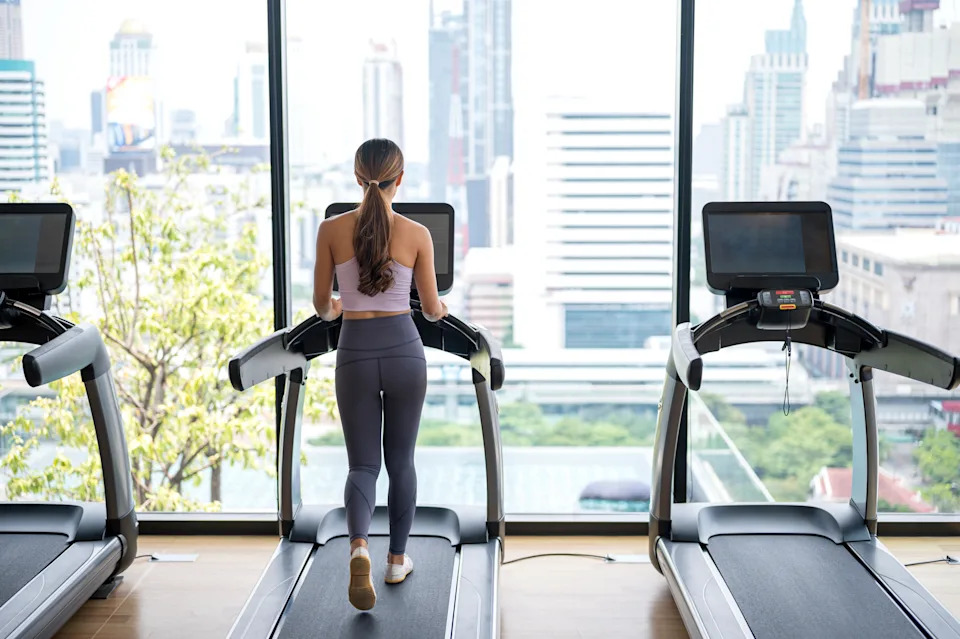
While cardio is great for burning calories, it’s not everything. (Getty Images)
2. Cardio alone will achieve weight loss
Cardio generally burns more calories than weight training, but the latter changes your body’s composition and builds lean muscle – which in turn can improve your resting metabolic state, the number of calories you burn while at rest.
Your diet also plays a big part in weight loss.
Quinn stresses that just because you burn calories at the gym, it doesn’t mean you can then eat whatever and still expect to see results. He says: “It’s unrealistic. Weight loss is best achieved through a calorie-controlled diet paired with an exercise plan tailored to your personal goals and needs. Simply exercising and then eating without consideration won’t help you reach your goals.”
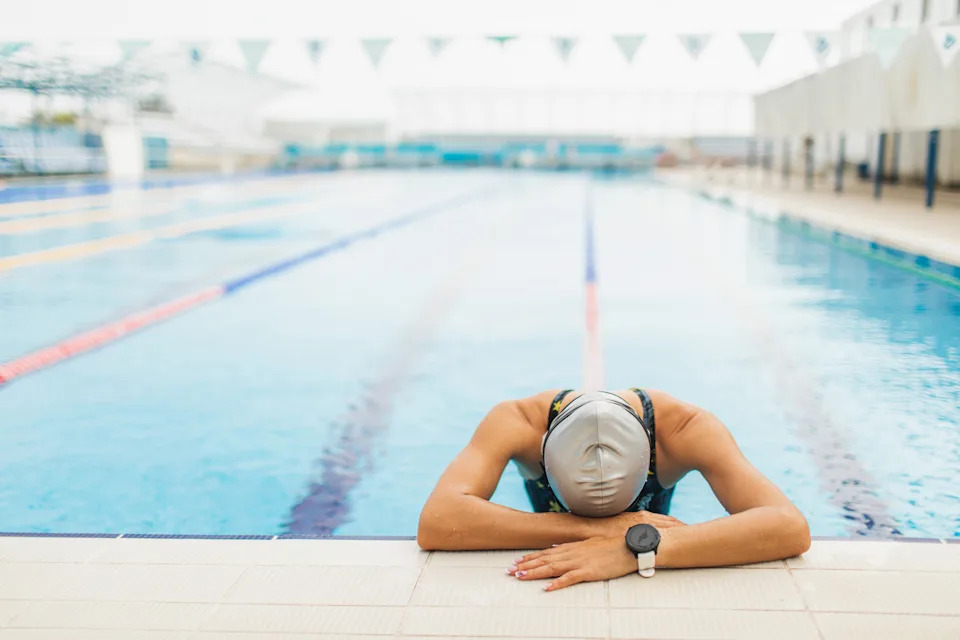
Pain isn’t necessarily “weakness leaving the body”. (Getty Images)
3. No pain, no gain
We’re sometimes told by fitness instructors and PTs that “pain is weakness leaving the body”. But while a bit of discomfort and fatigue is natural, pain isn’t really what you should be feeling during a workout, according to Quinn.
“It is an outdated and misleading approach to exercise,” he tells Yahoo UK. “Pain during a workout can be a warning sign of injury, and training to the point of exhaustion – particularly for beginners – can compromise technique and hinder progress.”
He adds: “Extreme soreness that lasts for days suggests the workout was too intense for your current ability. Prolonged muscle soreness often indicates that the exercise selection, load or volume was excessive and not suitable for your current level.”
According to NHS Scotland, delayed onset muscle soreness (DOMS) – AKA, stiffness and aches in the muscles following exercise – can last between two to five days, and can be eased with an ice pack, light stretching and painkillers.
However, if you’ve injured yourself, you may notice:
…in which case, it’s best to avoid exertion and to rest the affected part of the body for 48 to 72 hours to prevent further damage. If your symptoms are especially bad or persist for longer, talk to your GP.
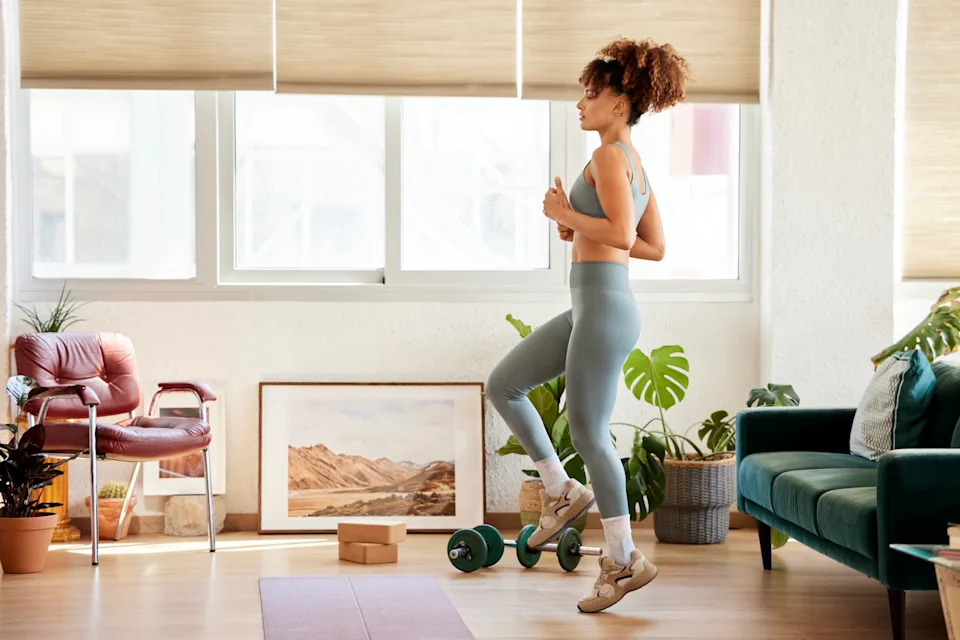
Home workouts can be just as effective. (Getty Images)
4. You need expensive gym equipment
As we all learnt during lockdowns, you don’t need expensive reformer Pilates machines, Peloton bikes and gym memberships for a successful workout – however nice and fancy they are.
Rather, you can use household items, handweights or even your body weight during your HIIT sessions or exercise regime as well as getting outside for a brisk walk or jog.
You can also use free fitness tutorials for everything from yoga and Pilates, to circuit training.
Some free workouts include:
Read more about fitness and exercise

